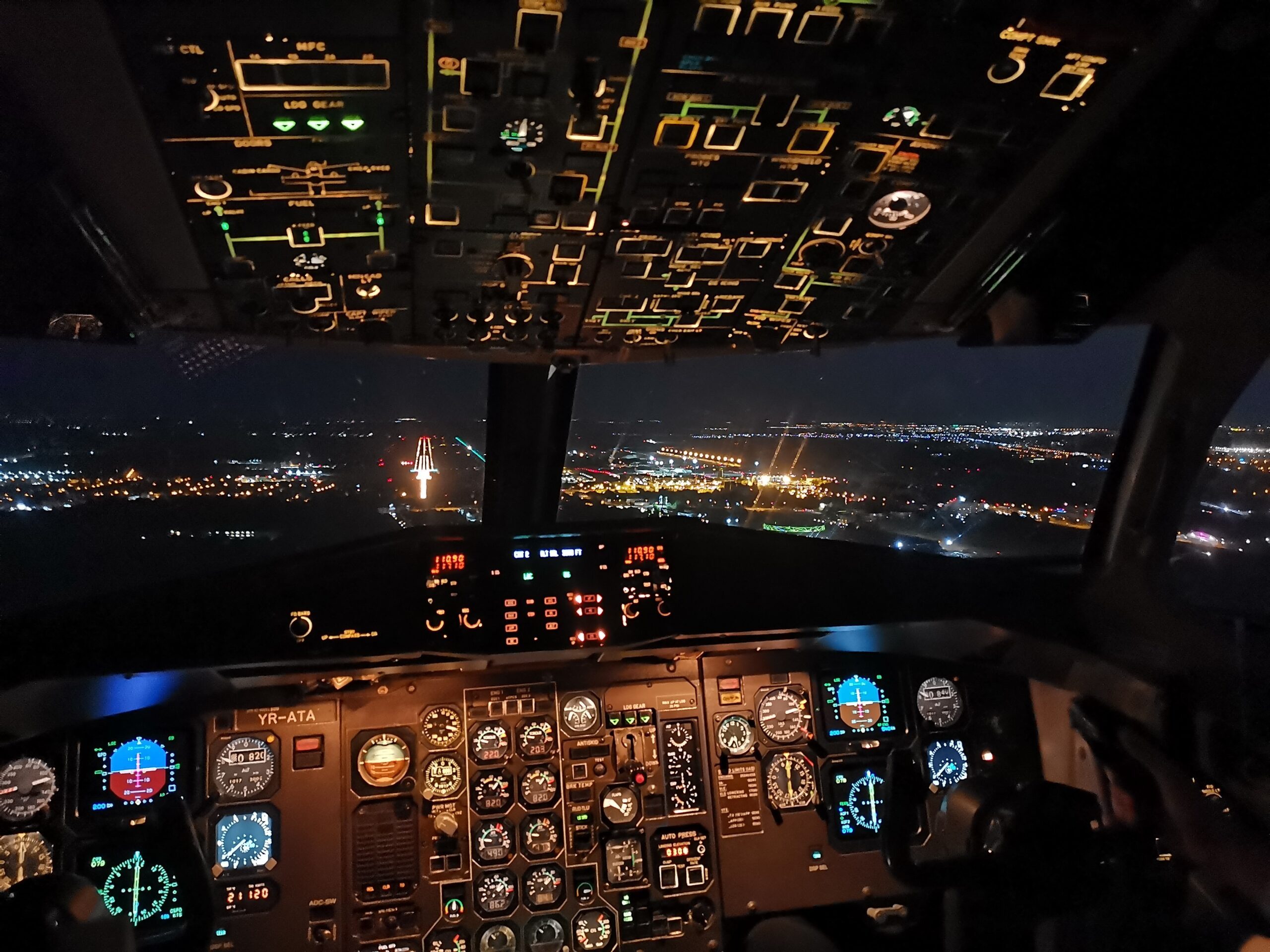Ever since psychology and neuroscience have made a mark in the world of scientific research, it was inevitable that it found its way into every domain possible. Psychologists are now decoding the human brain as it handles everyday tasks such as walking, sleeping, yawning, or even thinking.
In the automobile industry, there’s lately been a huge focus on the neuroscience of driving. The industry is gravitating towards neuroscience to open up channels that facilitate safety for the driver and everyone else on the road.
In this article, we will analyse the commonalities between the cognitive load on a driver and a pilot, as they both spearhead the modern cockpits.
The Intricacies of Driver Cognitive Load

Multiple studies on a driver’s cognitive load have been conducted and several driver models have been identified. Out of these, two models gained a lot of popularity:
- In one of these models, it is proposed that there is a dynamic field that enables safe travel. In this field, the driver can control the vehicle without any problems.
So, what influences this field of safe travel? Road geometry, various objects on the side of the road, and people using the road.
- In the other driver model, also known as Michon’s driver model, there are three hierarchical levels:
- Strategic Level – At this level, the driver implicitly decides several high-level aspects of the travel such as the route to be taken, the destination, urgency of the travel, risks associated, compliance with traffic rules and speed of driving.
- Tactical Level – This is the level at which the driver takes more systematic decisions like making speed variations, assessing distance to road boundaries, evaluating proximity to other objects on the road, overtaking other vehicles, processing road signs, etc.
- Operational Level – At this level the stability of the vehicle is controlled. This implies that the driver displays the automated ability to ensure speed and lateral control of the vehicle.
There is constant communication between these three levels. Let us take an example to understand this better:
Consider that there is a requirement to travel for an urgent purpose.
The urgency is a criterion at the strategic level in the driver model. Due to this urgency, there may be specific speed control decisions taken by the driver. We should remember that speed control comes at the operational level of the driver model.
While taking decisions on speed control, the driver also assesses the distance to lane boundaries, overtakes and obeys traffic rules. These actions correspond to the tactical level of the driver model.
Based on the traffic situation, the driver may decide to change the route. This is how the actions at the tactical level will also feed back into the strategic level.
We also understand that changes in the road conditions result in changed driving behaviour, i.e., adaptation to make up for increased task demand.
It should be noted that this can also result in deterioration of driving performance. Such variations in driving performance at each of the three levels bear the risk of accidents.
The mental workload or cognitive load is the information processing capacity of the driver’s mind that is allocated for performing a particular task. The mental workload totally depends on the driver’s physical and mental state, in addition to their motivation levels.
Automotive OEMs are focusing on thoughtfully designing automotive cockpit solutions that help in reducing the cognitive load on the driver. For instance, the digital instrument cluster in a modern car is designed in a way that all important notifications are displayed instantly, without causing driver distraction.
Understanding Pilot Cognitive Load

It is known that accurate judgement and decision making are some of the essential skills of a pilot. For effective decision making, it is important to be able to evaluate situations and predict the possible outcomes. Also, the degree to which pilots can leverage their knowledge varies based on their flying experience.
The novice and expert pilot may have equal cognitive processing ability. However, experts are able to display outstanding performance based on their ability to retrieve information, recognise patterns and make accurate inferences.
Pilot cognitive load is basically the mental capacity required by pilots to evaluate and respond to the vast amount of information and tasks involved in flying an aircraft.
Pilots are expected to perform multiple tasks simultaneously, and each may have differing priorities. However, the cognitive resources of humans are limited. Hence, when the pilot experiences an instance of multiple task information appearing simultaneously, it leads to high mental workload.
And understandably, this can result in task execution errors! Therefore, reducing cognitive load is a significant concern in aviation.
Through multiple studies in the field of cognitive psychology, three types of cognitive load have been identified:
- Intrinsic cognitive load – This refers to the inherent difficulty level associated with an action. In the context of flying a plane, this includes activities such as monitoring instruments, controlling the aircraft, and navigating through airspace.
- Extraneous cognitive load – This load is generated by the way in which data is presented to the individual. In the case of a pilot, a poorly designed cockpit display, confusing or excessive information, or complex procedures can lead to extraneous cognitive load. Minimizing extraneous load is important to prevent cognitive overload. The pilot’s environment should be designed to enable them to focus their mental resources on critical tasks.
- Germane cognitive load – This refers to the cognitive load on pilots for processing information and building their knowledge/skills. This involves actively learning about new systems, flying procedures and techniques that enhance their overall performance. Through years of experience and consistent training programs, pilots can reach a level where germane load is reduced. In such scenarios, routine tasks will be more automated and decision making is quicker and more effective.
In order to reduce the cognitive load on pilots, several measures have been implemented in the aviation industry. Some of these measures are indicated below:
- Improved cockpit design and clear information displays
- Streamlined procedures to be followed
- Introduction of automation for non-critical functions
- Implementation of advanced technologies
This way, pilots can better allocate their cognitive resources to essential tasks, improving safety and performance.
Pilot Cognitive Load and Driver Cognitive Load – What’s Similar?
Pilot and driver cognitive loads share several similarities in spite of the differences in their respective environments and tasks to be processed.
Let’s explore the commonalities in the cognitive loads of pilots and drivers:
- Perception and Attention
- Information Processing
- Decision-Making
- Memory
- Mental Load
- Fatigue and Stress
- Training and Experience
Both pilots and drivers rely heavily on their perception and attention to assess their surroundings and collect information.
Attentiveness is important as they are continuously monitoring the airspace or the road and interpreting auditory and visual clues. This helps them detect hazards and react accordingly. It is also important for them to remove unnecessary information instantly to reduce cognitive load.
Drivers and pilots need to be proficient in processing large amounts of information and taking judicious decisions. It is crucial to be able to identify the priorities of tasks and act in accordance with that.
For example, they should be well-versed in evaluating the speed and route of other vehicles/aircrafts and monitoring their own vehicle parameters – all while adhering to traffic instructions.
Aeronautical decision making (ADM) and driver decision making processes are very similar. Both are based on a systematic mental process that drivers/pilots employ to determine the right course of action during a specific event. He/she evaluates the circumstances and takes action based on the latest information they have.
It should be noted that both professions are usually required to make important decisions with time constraints. The ability to adapt to changes is also a crucial skill.
There is a lot of research that points to the fact that the capability to make decisions and plan appropriately increases with the time spent in the cockpit and acquisition of expertise.
Pilots and drivers rely on memory to recall and apply relevant knowledge and skills. Let’s look at their perspective when driving/flying – The part of the visual field that they see clearly at any instant is only a very small fraction of the entire scene. This implies that they need to have the ability to absorb the happenings in the visual field and store results in memory for later use.
They also need to remember navigation routes, traffic rules, emergency procedures, and various characteristics of their vehicle or aircraft.
The mental load of drivers and pilots can vary depending on factors such as weather, traffic conditions, and complexity of the route or airspace.
High mental load can significantly affect the driver’s/pilot’s performance and decision-making ability. Hence, it is important for pilots and drivers to manage mental load effectively.
Personal or job-related stress, anxiety, emotional blocking, long hours of operation, and irregular schedules can affect the usage of stored knowledge negatively. Attention, decision-making abilities and situational awareness are also tarnished due to these issues.
Hence, it is imperative to have fatigue and stress management procedures in both professions.
Both pilots and drivers can benefit from training and experience in managing their cognitive loads. With experience, the driver/pilot can also automate routine tasks, develop mental models, and make more efficient use of their cognitive resources. This enables them to plan and execute a crucial time-sensitive strategy almost instantaneously.
Concluding Thoughts
The commonalities in the cognitive load on pilots and drivers show that they are faced with similar cognitive demands. Of course, there are several unique and defining aspects in their mode of operations, as they are part of different professions.
However, understanding the similarities in their cognitive load can be valuable for the development of technologies across these domains. The automotive industry can also take reference from the advancements in the aviation industry that optimise pilot performance and flight safety.
Author

Yogesha Lakkanna, Associate Director – Embitel
Yogesha Lakkanna is responsible for Verification and Validation at Embitel. He is an Electronics and Communication Engineer and Certified Testing Professional. He has 20+ years of experience in Release Management, Quality Assurance and Test Lifecycle management in the field of Realtime Embedded Applications in Avionics, Consumer, Medical and Automotive Electronics.
Yogesha is also interested in Farming, Literature, Music, and Social Service. He is an active member and volunteer in various cultural and social organisations in Bangalore.



